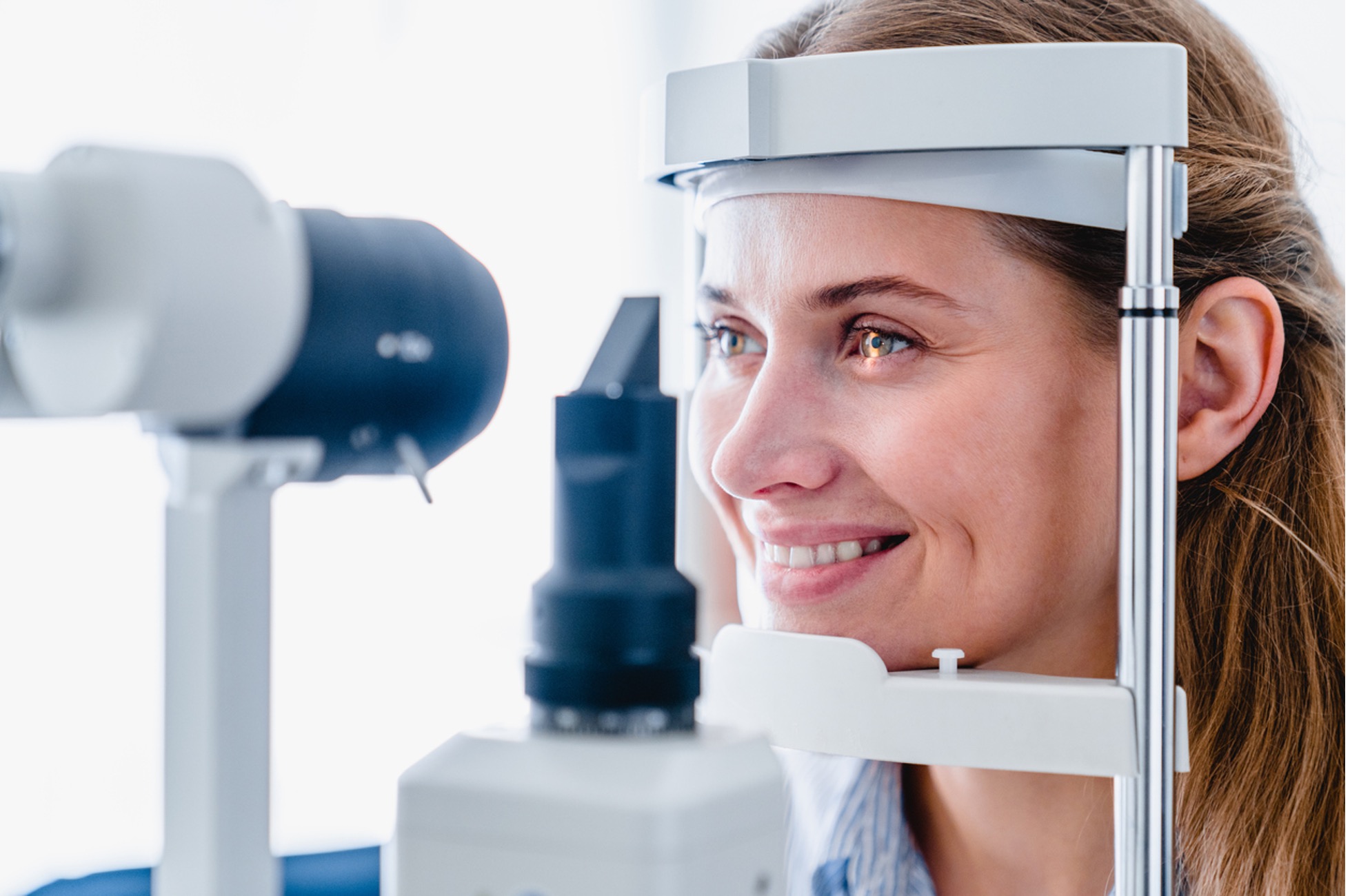Best Refractive Surgeries in AL: State-of-the-Art Eye Treatment
Best Refractive Surgeries in AL: State-of-the-Art Eye Treatment
Blog Article
The Role of Advanced Diagnostic Equipment in Identifying Eye Disorders
In the realm of ophthalmology, the utilization of innovative diagnostic devices has actually transformed the very early recognition and management of different eye disorders. As the need for precise and timely diagnoses proceeds to expand, the assimilation of advanced devices like optical comprehensibility tomography and aesthetic area testing has ended up being vital in the world of eye treatment.
Importance of Early Diagnosis
Early medical diagnosis plays a critical duty in the effective management and treatment of eye problems. Timely identification of eye problems is crucial as it enables timely intervention, potentially avoiding more progression of the condition and lessening lasting difficulties. By discovering eye disorders at an onset, medical care service providers can provide suitable treatment strategies customized to the details problem, eventually causing much better outcomes for patients. Moreover, very early medical diagnosis allows individuals to gain access to necessary assistance solutions and sources quicker, improving their overall lifestyle.

Modern Technology for Finding Glaucoma
Innovative diagnostic innovations play an essential duty in the early discovery and monitoring of glaucoma, a leading reason for irreversible loss of sight worldwide. One such technology is optical comprehensibility tomography (OCT), which provides in-depth cross-sectional images of the retina, permitting for the measurement of retinal nerve fiber layer thickness. This dimension is important in analyzing damage brought on by glaucoma. Another sophisticated device is visual field screening, which maps the level of sensitivity of a client's aesthetic area, helping to find any areas of vision loss feature of glaucoma. Additionally, tonometry is utilized to gauge intraocular stress, a major danger variable for glaucoma. This test is important as raised intraocular stress can lead to optic nerve damage. More recent technologies like the use of synthetic intelligence algorithms in examining imaging information are revealing appealing results in the early detection of glaucoma. These sophisticated analysis devices make it possible for ophthalmologists to diagnose glaucoma in its beginning, permitting timely intervention Full Article and better management of the disease to avoid vision loss.
Function of Optical Coherence Tomography

OCT's capacity to evaluate retinal nerve fiber layer thickness enables for specific and unbiased measurements, helping in the very early anchor discovery of glaucoma even before visual area issues become obvious. Generally, OCT plays a crucial role in improving the analysis precision and monitoring of glaucoma, ultimately contributing to better results for individuals at danger of vision loss.
Enhancing Medical Diagnosis With Visual Area Screening
An essential component in extensive sensory examinations, aesthetic area screening plays an essential function in improving the analysis procedure for different eye conditions. By examining the complete level of an individual's aesthetic area, this examination supplies vital details concerning the practical stability of the whole aesthetic path, from the retina to the visual cortex.
Visual field testing is particularly valuable in the medical diagnosis and monitoring of problems such as glaucoma, optic nerve conditions, and different neurological diseases that can affect vision. Through measurable dimensions of outer and main vision, clinicians can discover subtle changes that may indicate the visibility or development of these conditions, even before recognizable signs occur.
Moreover, visual field testing permits the surveillance of treatment efficiency, helping eye doctors tailor therapeutic treatments to private patients. eyecare near me. By tracking adjustments in visual area performance over time, doctor get more can make educated choices regarding adjusting medicines, recommending medical interventions, or applying other ideal steps to maintain or enhance a patient's aesthetic feature
Handling Macular Deterioration

Verdict
Finally, advanced diagnostic tools play a vital duty in recognizing eye problems beforehand. Technologies such as Optical Comprehensibility Tomography and aesthetic area screening have actually substantially improved the precision and performance of detecting problems like glaucoma and macular deterioration. Early discovery enables prompt intervention and administration of these conditions, ultimately leading to better outcomes for patients. It is crucial for health care experts to stay updated on these advancements to give the very best feasible treatment for their individuals. eyecare near me.
Report this page